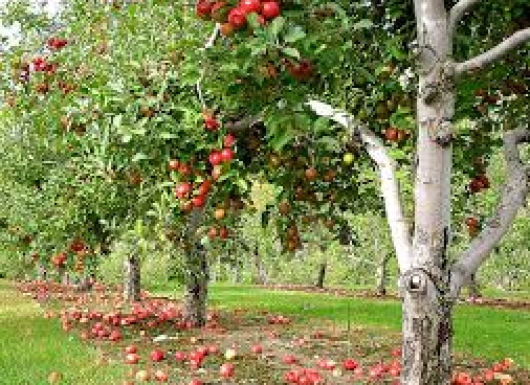
Key Components and Features of HDP in Apple:
Key components:
Key features:
Benefits:
It works under following regions and systems:
It can be scaled up due to following reasons:
Need to adopt it due to its:
ICAR-Central Institute of Temperate Horticulture, Srinagar (Director email: dircithsgr@icar.org.in; Phone: 01942305044)
SKUAST-K, Srinagar (Vice Chancellor email: provc@skuastkashmir.ac.in; Phone: 0194-2461258
Directorate of Horticulture, Kashmir, Rajbagh, Srinagar (Email: kashmirhorticulture@gmail.com; Phone: 0194-2311484